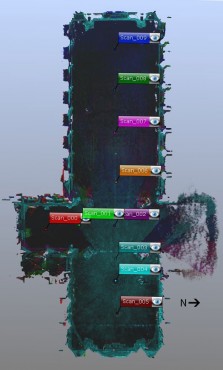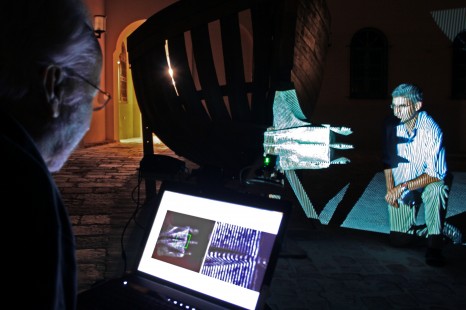Postcards from the field: Studying the Neolithic figurines from Koutroulou Magoula, Greece
https://vimeo.com/103500769
Clay Neolithic figurines are some of the most enigmatic archaeological objects, which depict in a miniature form humans, animals, other anthropomorphic or zoomorphic beings, and often hybrid or indeterminate entities. Figurines have excited scholarly and public imagination, and have given rise to diverse interpretations. The assemblage from Koutroulou Magoula, a Middle Neolithic site – 5800-5300 BC – in central Greece (excavated under the co-direction of Prof.
Continue reading →


